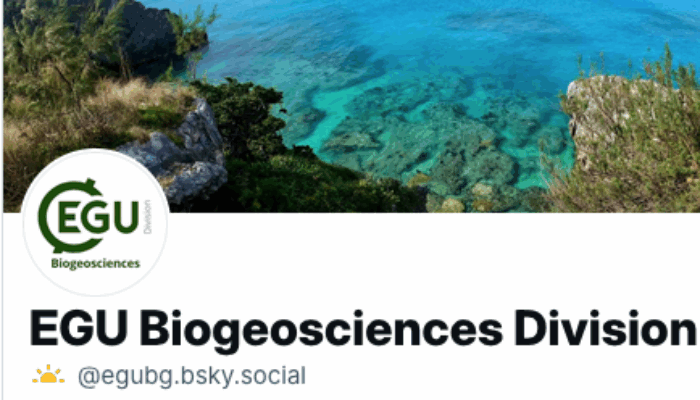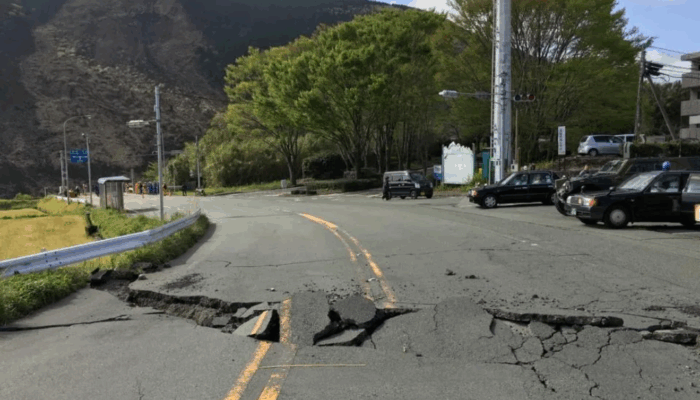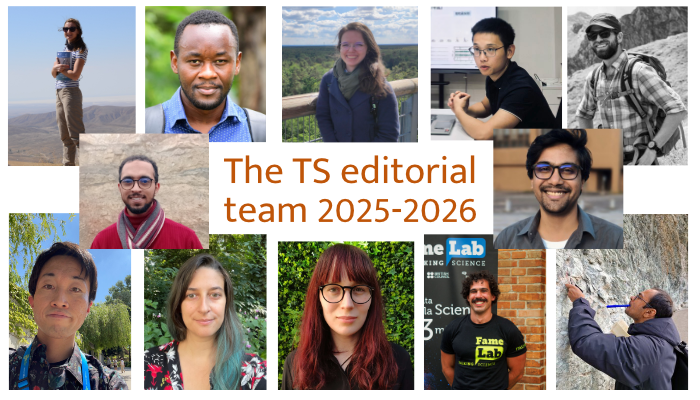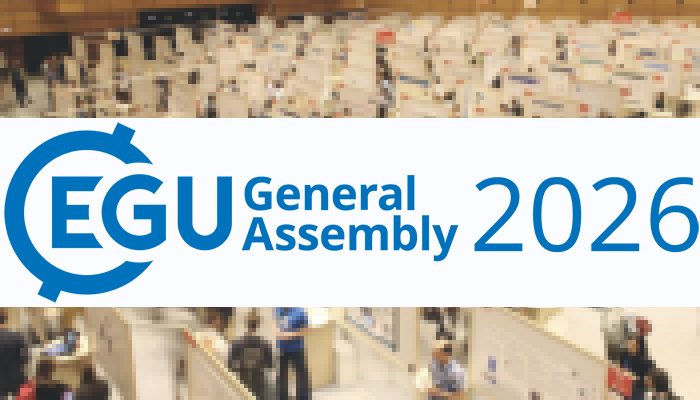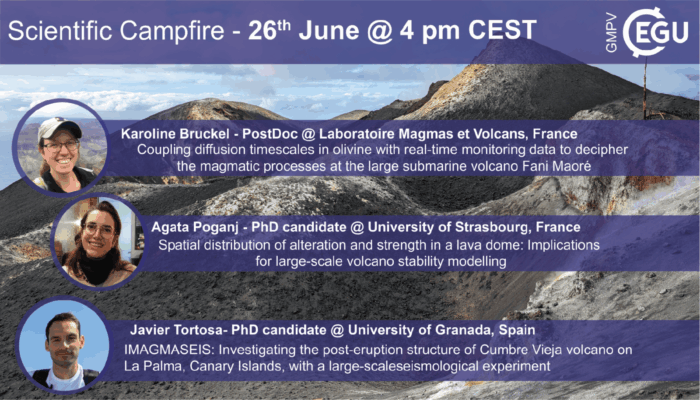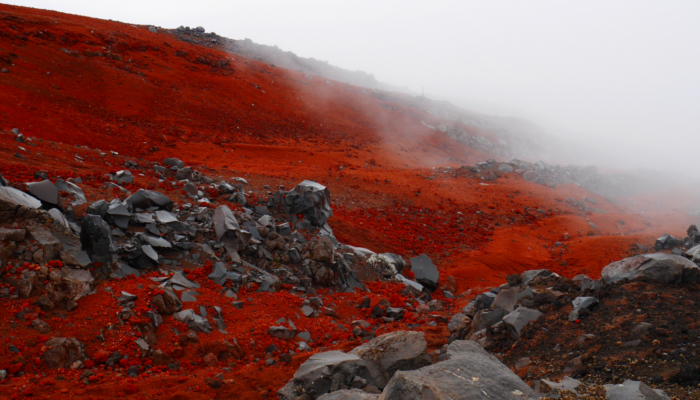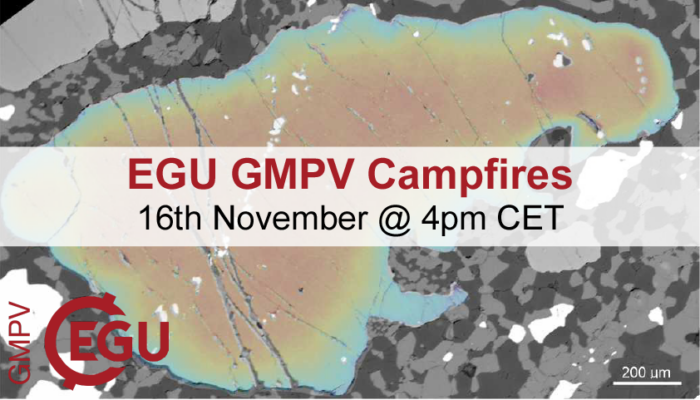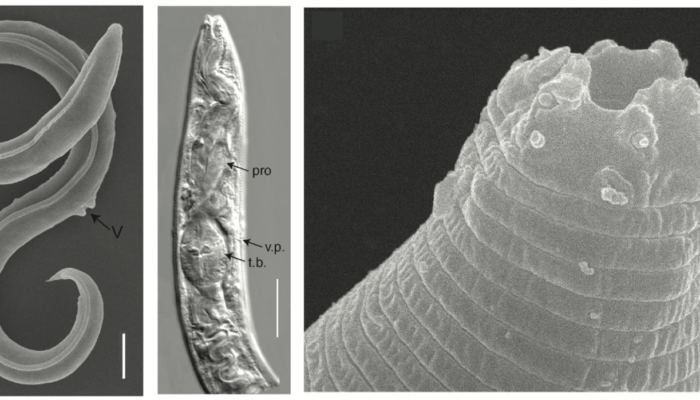The Biogeoscience division team has changed over the last year, and in this blog post, we are delighted to introduce our new team of representatives and describe their roles and research interests so that you can get to know them better. Our division is led by a President and Deputy President, supported by two Early Career Scientist Representatives and several sub-division officers who cover vario ...[Read More]
If you didn't find what you was looking for try searching again.
Tectonics and Structural Geology
Where earthquake faults reach the ground surface: insight from 2016 Kumamoto event
What does a seismogenic fault look like? We can sometimes observe surface earthquake faults, which propagate ruptures from the hypocenter to the ground surface. In 2016, intense seismicity was observed during the Kumamoto earthquake sequence in Japan. This sequence consisted of many shallow earthquakes, including a strong foreshock and the subsequent mainshock with numerous aftershocks. The earthq ...[Read More]
Tectonics and Structural Geology
Introducing the blog team 2025-2026
For many of you September means back to school, for us September means the return of the blog. Behind the scene this summer, the bright new editorial team prepared fresh blog posts to share with the community. We are very excited to welcome the new editors, happy to start their blog adventure. The 2025-2026 team is a group of early career scientists editors from diverse backgrounds, continents and ...[Read More]
Hydrological Sciences
How to Become an EGU26 Convener
Have you ever thought about convening an EGU session instead of just attending them? Until September 16 you have the chance to do just that for the 2026 General Assembly, which will be taking place from May 3 to 8 2026 in Vienna, Austria. Convening a session can sound a bit intimidating, especially if you’ve never done it before or if you are an early career scientist. However, it’s an incr ...[Read More]
Hydrological Sciences
Your contribution to the Hydrology Division programme of GA2026
The call-for-session-proposals for the General Assembly (GA) 2026 was launched on July 29. We take the opportunity to encourage all members of the hydrological community to participate in shaping the next year’s conference programme and in particular early career scientists. (Co-)convening a session is a great experience and the perfect networking opportunity. The Hydrology Division offers every y ...[Read More]
Geochemistry, Mineralogy, Petrology & Volcanology
EGU GMPV ECS Campfires – Thursday 26th June @ 4 pm CEST
We’re excited to invite you to the fifth edition of the Geochemistry, Mineralogy, Petrology and Volcanology Campfires of the 2024/2025 season! Join us on Thursday, June 26th at 4 pm CEST on Zoom for a Scientific Campfire, during which three Early Career Scientists will present their research to the community. Our speakers for this edition are: Karoline Bruckel, PostDoc @ Laboratoire ...[Read More]
GeoLog
Calling all photographers! Enter your fieldwork or labwork photo and win free registration to EGU26!
Whether you work in the lab, the field, onboard an ocean vessel or using data from instruments hundreds of kilometers away, you probably know that feeling of taking a truly great photo of your experience as a researcher. If this is you then you are in luck as you have ONE WEEK LEFT to submit your photo to the EGU photo competition, and possibly win free registration to next years General Assembly! ...[Read More]
Geochemistry, Mineralogy, Petrology & Volcanology
EGU GMPV ECS Campfires – Special Edition Thursday 16th November 4pm CET
After a pause, the Geochemistry, Mineralogy, Petrology and Volcanology division’s early career scientists talks (EGU campfires) are back! The first session in 2023 will be a special relaunch event. It will be held on Thursday 16th November at 4pm CET on Zoom. For this special edition, our speaker is Xin Zhong (PostDoc @ Freie Universität Berlin, Germany) on “the effect of aqueous fluid on viscous ...[Read More]
Cryospheric Sciences
Did you know… about worms surviving in permafrost for at least 46000 years?
Lately permafrost makes the news more and more because of its enormous carbon stocks and its vulnerability to climate change. While permafrost greenhouse gas budget calculations are complex and harbour an ever-growing research community, its microbial ecology is still on the rise. A recent star are tiny roundworms that survived frozen in permafrost for 46’000 years. Take a short dip into this new ...[Read More]
Geodynamics
Goodbye to 6 years of blogging
Dearest reader, on this day, six years ago, we published our very first blog post, stating our geodynamission: our plans for this new geodynamics division blog. From that day onwards, I have had the absolute privilege of being your Editor-in-Chief. But all good things must end and so does my term of being the Editor-in-Chief. Before I say my final goodbyes, let’s take a trip down memory lane ...[Read More]

